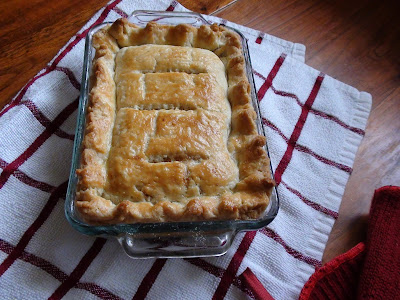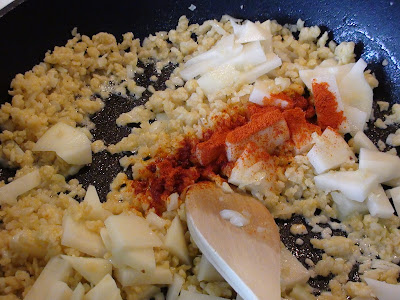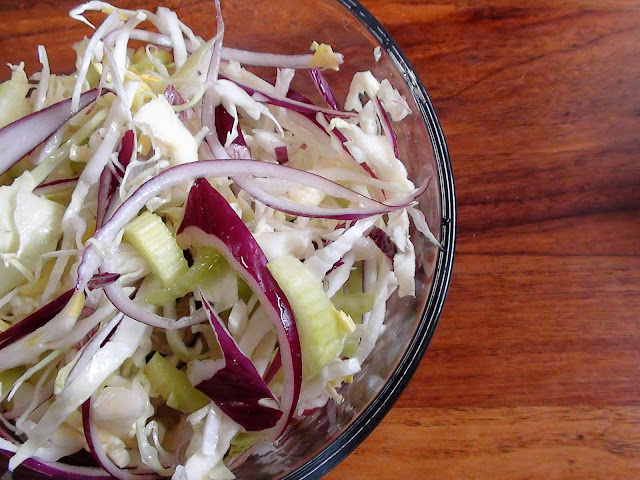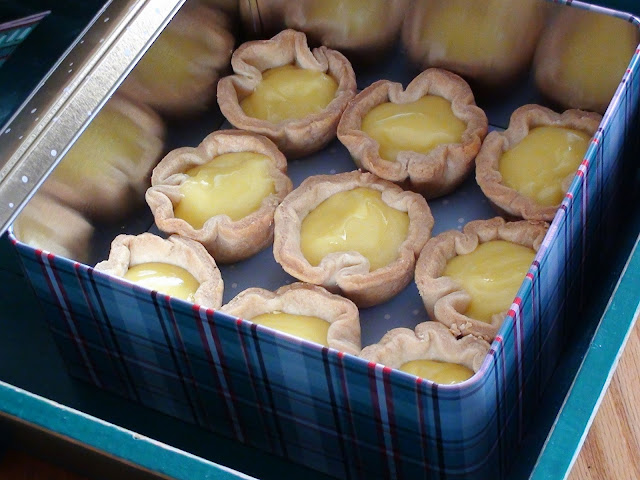This is a nice creamy soup for those who have to avoid dairy products. Yes it can be adapted for the vegan diet, notice I said diet… because it is so contrary to the workings of human physiology and so short of brain nutrients I cannot in good conscience endorse it.
I used a pressure cooker, but the same soup can be cooked in a pot “slowly”. Conventional soup making takes time; with slow simmer and one must never let the soup, even a cream soup, to come to full rolling boil. A blender or a food processor is necessary. Stick blender does not work as well, you may have to force everything through a large sieve, a process I would not recommend. Adapted from foodgawker.
PARSNIP SOUP WITH CHIVES
3 parsnips, trimmed and peeled
2 garlic cloves
1/2 cup cashews
3 cups of rich homemade chicken stock
1/8 cup extra virgin olive oil
salt and pepper to taste
fresh lemon juice to taste
Garnish:
fresh chives, chopped finely
few cashews, chopped
• Place the first six ingredients in the pressure cooker, lock and seal and bring up to high pressure. Reduce heat to medium low, maintaining medium pressure, and cook for 25 minutes.
• Release the pressure according to user’s manual before removing the lid.
• Or slow simmer ingredients in a regular pot with the lid on for about an hour.
• At this point you may want to wait for the soup to cool somewhat.
• Transfer to a blender to puree. Take care when pureeing hot ingredients. Do not fill the blender jar full or it will push up the cover and you have a huge mass to deal with. I pureed in two batches.
• Pour pureed soup into a small pot adjust the salt and squeeze fresh lemon into the soup and adjust it to taste. You can always add more lemon juice but you cannot take it away. But please rinse the spoon between tastings…
• Serve the soup and garnish with chopped chives and the crushed nuts.


















































